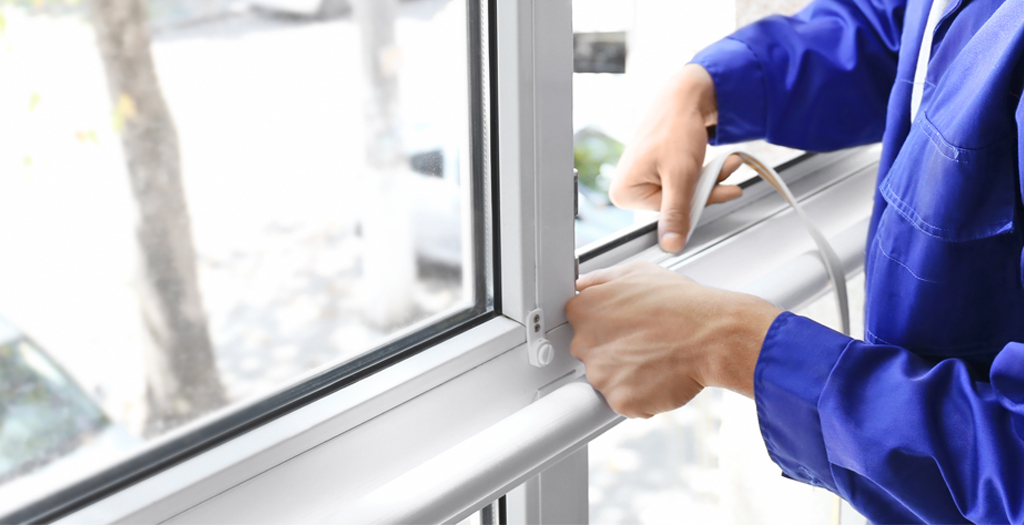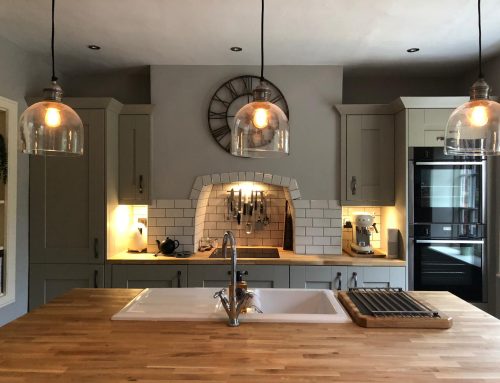[av_one_full first min_height=” vertical_alignment=” space=” row_boxshadow=” row_boxshadow_color=” row_boxshadow_width=’10’ custom_margin=” margin=’0px’ mobile_breaking=” border=” border_color=” radius=’0px’ padding=’0px’ column_boxshadow=” column_boxshadow_color=” column_boxshadow_width=’10’ background=’bg_color’ background_color=” background_gradient_color1=” background_gradient_color2=” background_gradient_direction=’vertical’ src=” background_position=’top left’ background_repeat=’no-repeat’ highlight=” highlight_size=” animation=” link=” linktarget=” link_hover=” title_attr=” alt_attr=” mobile_display=” id=” custom_class=” aria_label=” av_uid=’av-suku’]
[av_image src=’https://217.199.187.192/phihome.co.uk/wp-content/uploads/2020/08/window_regulations.jpg’ attachment=’1394′ attachment_size=’full’ copyright=” caption=” styling=” align=’center’ font_size=” overlay_opacity=’0.4′ overlay_color=’#000000′ overlay_text_color=’#ffffff’ animation=’no-animation’ hover=” appearance=” link=” target=” id=” custom_class=” av_element_hidden_in_editor=’0′ av_uid=’av-kd04l6f2′ admin_preview_bg=”][/av_image]
[av_hr class=’invisible’ icon_select=’yes’ icon=’ue808′ font=’entypo-fontello’ position=’center’ shadow=’no-shadow’ height=’50’ custom_border=’av-border-thin’ custom_width=’50px’ custom_margin_top=’30px’ custom_margin_bottom=’30px’ custom_border_color=” custom_icon_color=” id=” custom_class=” av_uid=’av-kd04ks2s’ admin_preview_bg=”]
[av_textblock size=” av-medium-font-size=” av-small-font-size=” av-mini-font-size=” font_color=” color=” id=” custom_class=” av_uid=’av-kby1o1aa’ admin_preview_bg=”]
Building Regulations you need to know when replacing windows in your home
[/av_textblock]
[av_hr class=’invisible’ icon_select=’yes’ icon=’ue808′ font=’entypo-fontello’ position=’center’ shadow=’no-shadow’ height=’20’ custom_border=’av-border-thin’ custom_width=’50px’ custom_margin_top=’30px’ custom_margin_bottom=’30px’ custom_border_color=” custom_icon_color=” id=” custom_class=” av_uid=’av-kby1tih3′ admin_preview_bg=”]
[av_textblock size=” av-medium-font-size=” av-small-font-size=” av-mini-font-size=” font_color=” color=” id=” custom_class=” av_uid=’av-kby1n9og’ admin_preview_bg=”]
If you are looking to replace windows and doors in your home it is important that you are familiar with the Building Regulations that apply to all replacement glazing.
The regulations exist to ensure that new windows offer an acceptable level of thermal performance and also satisfy standards in other areas such as safety, means of escape and ventilation.
FENSA compliance
This means you must use an installer who is FENSA registered.

FENSA stands for Fenestration Self-Assessment Scheme, which was set up by the Glass and Glazing Federation (GGF) at the request of the Department for Communities and Local Government (DCLG) to allow registered companies to self-certify that their installations comply with current Building Regulations.If you decide to do the work yourself you must then seek approval from a Building Control body, such as your local authority or an approved inspector who will issue a certificate of compliance.
If your new windows will change the exterior look of your property you should also check to see whether you need planning permission for the work.
Parts of the Building Regulations that apply to glazing include:
Thermal performance
There is a big focus on the heat efficiency of homes and the need to reduce any heat loss through glass in both windows and doors. Any installation must comply with the requirements of the Building Regulations in relation to the amount of heat that can to pass through the glass and framework. This is measured as a U-Value.
More information on the maximum U-Value allowed can be found at Approved Document L-1B, Table 1.
Safety glazing
There are a number of instances when safety glazing should be installed.
These include:
- Any glazed area within a window below 800mm from floor level
- Any glazed area within a window that is 300mm or less from a door and up to 1500mm from floor level
- Within any glazed door up to 1500mm from floor level
Access
In some cases, the Building Regulations stipulate new doorways and entrances also need to provide access for disabled people and wheelchair users.
Ventilation
Doors and windows should play a part in providing adequate ventilation for rooms to prevent condensation building up and causing mildew and rot and to provide a building with good airflow.
Generally, rooms where a lot of steam is produced – such as bathrooms and kitchens – require more ventilation than other rooms in a home.

Fire safety
The fire safety aspect of new doors and windows also needs to be considered.
In some cases, external doors and windows may have to be fire resistant or self-closing to prevent the spread of fire to properties next door.
There are also strict rules about installing windows big enough that they would provide a means of escape in the event of a fire.
If you would like to discuss a potential home improvement plans and how they are affected by the Building Regulations please contact us on Bury St Edmunds: 01284 386899, Cambridge: 01223 789786 or email: info@217.199.187.192
[/av_textblock]
[/av_one_full]







Leave A Comment
You must be logged in to post a comment.